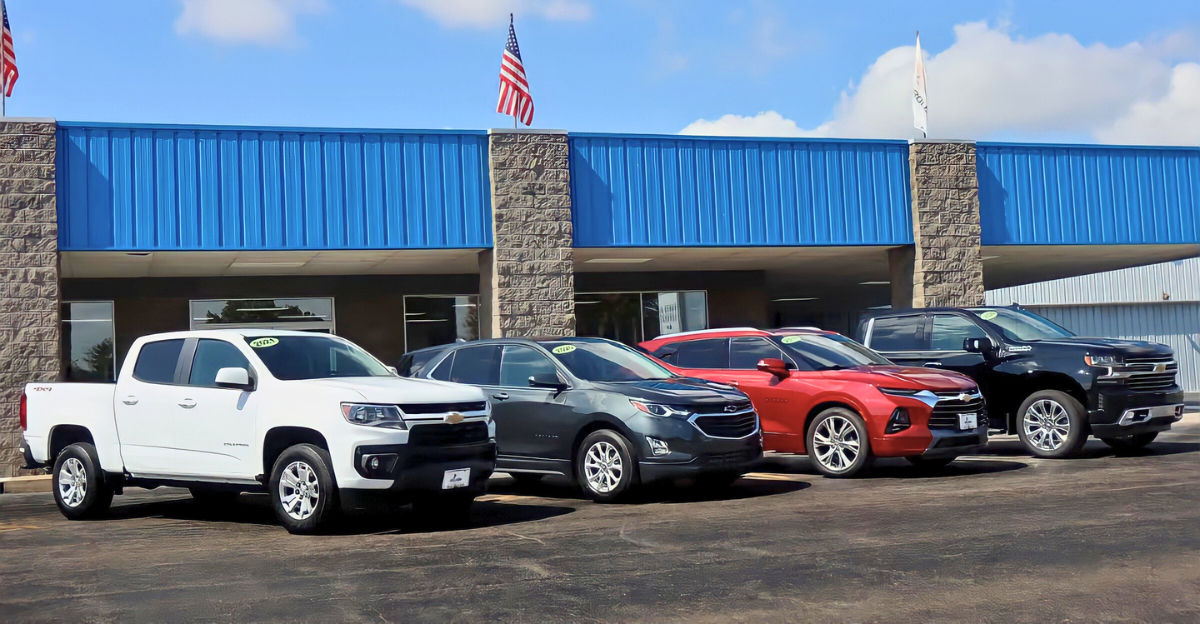
America’s car dealerships, long seen as pillars of communities and drivers of local economies, now face unprecedented change.
According to National Automobile Dealers Association (NADA) data, the total number of franchised dealerships in the U.S. dropped nearly 18% since 2007.
“Dealerships are under immense pressure to adapt or risk closure,” says Mark Schirmer, senior industry analyst at Cox Automotive. Analysts suggest this transition will reshape car buying nationwide.
Warning Signs Multiply

Researchers at Bloomberg Intelligence expect 1,500 or more U.S. dealerships could shut their doors by 2027, with rural outlets hit hardest.
“This is not just a periodic downturn—it’s a real structural shift,” notes Jeff Dyke, president of Sonic Automotive.
Major dealer groups are bracing for deeper losses, especially as digital sales channels capture market share and legacy systems struggle under the new normal.
A Century of Evolution
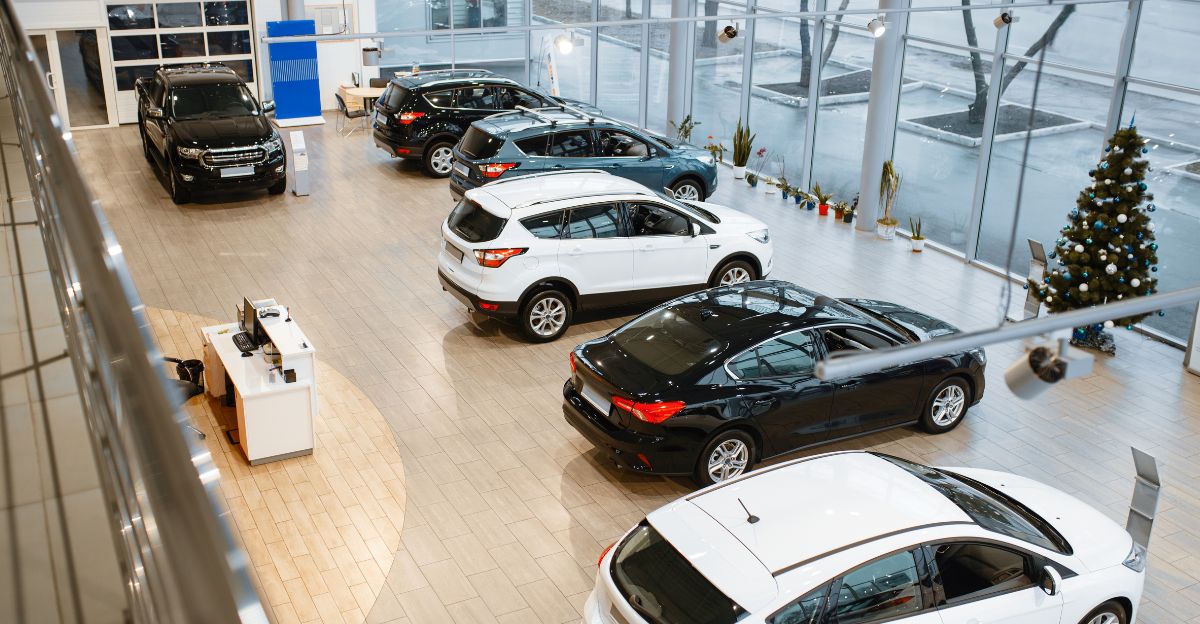
Franchised dealership networks first emerged in the early 20th century, laying the foundation for mass vehicle ownership in America.
According to historian Paul Ingrassia, “Dealers were once the heartbeat of Main Street, shaping the car culture for generations.”
Local entrepreneurs became trusted advisers for families buying, trading, and repairing vehicles—roles that are rapidly fading in the digital era.
Pressures Build Rapidly

Inflation, high interest rates, and a surge in online competitors have created new challenges for traditional dealers.
“Our profit margins have thinned dramatically in just the past two years,” says Laura Wyckoff, owner of Wyckoff Chevrolet in Iowa.
Adapting to increasingly stringent environmental and emissions rules adds costly complexity, forcing many to rethink their future viability.
Closures Hit Hard
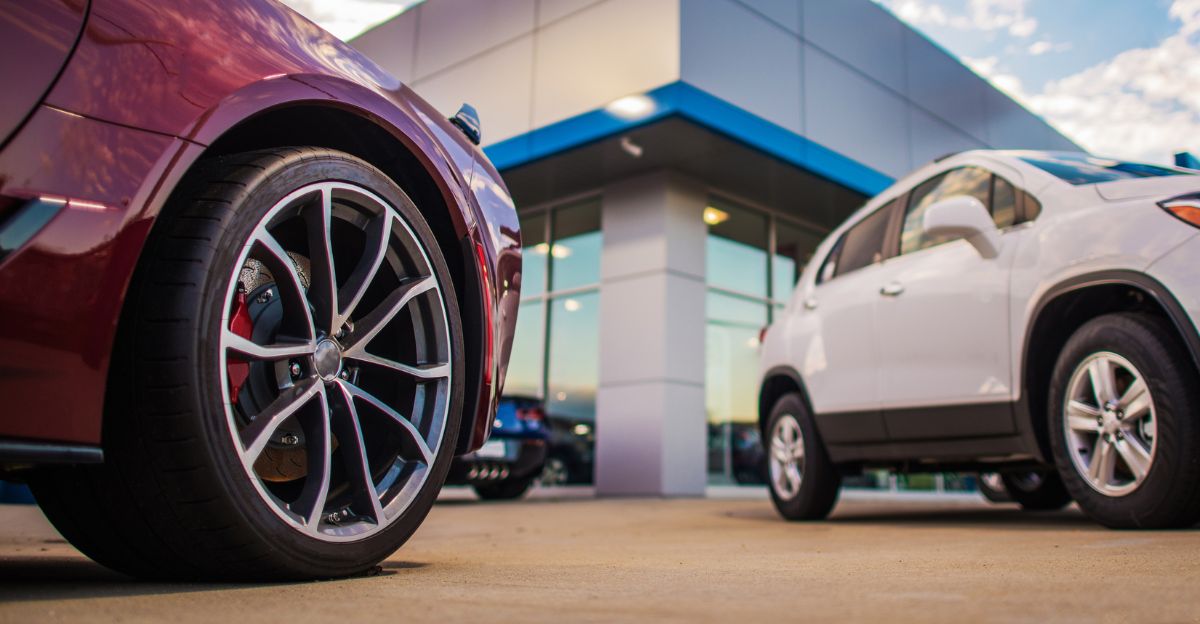
The central fact: The U.S. car retail landscape is experiencing a “mass die-off.” In 2023 alone, General Motors closed 900 Buick franchises as part of a national consolidation push.
“We’re seeing closures unlike anything since 2008,” explains Haig Partners analyst Alan Haig. Automakers say streamlining is necessary to survive in an evolving market, but the fallout is severe.
Rural America Feels the Squeeze
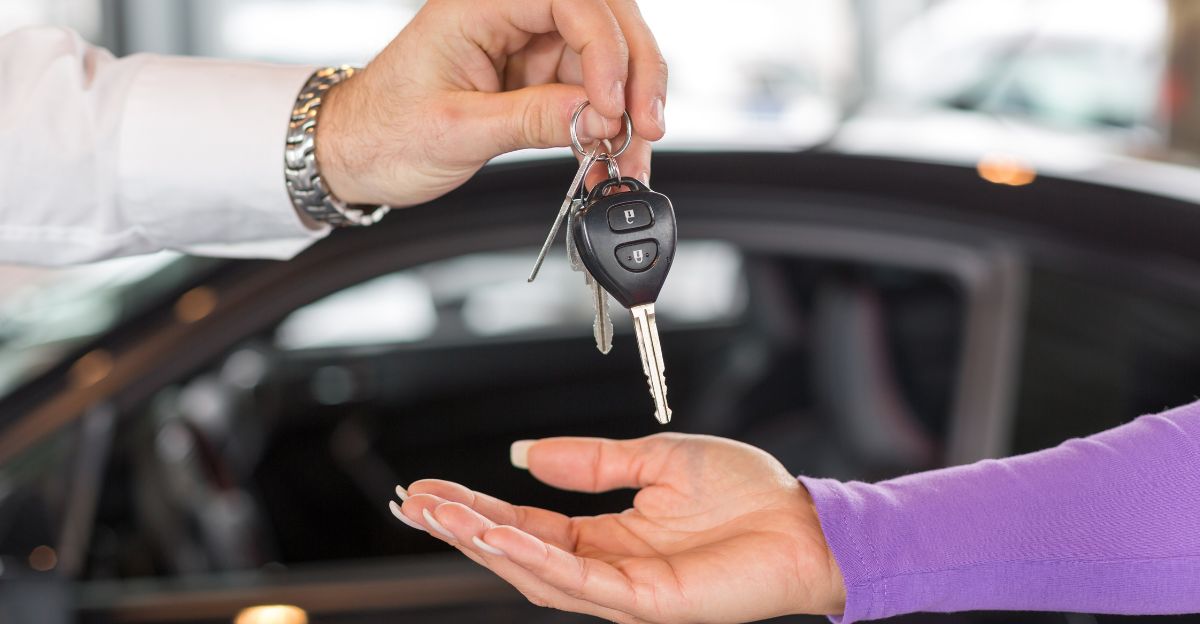
States like Nebraska, Iowa, and Wyoming have seen larger shares of dealership shrinkage, often leaving entire counties without a new-car retailer.
NADA reports rural closures outpace those in urban areas for the first time in decades. “It’s devastating for communities that rely on local service,” says Sandy Anderson, president of the Nebraska Auto Dealers Association.
People Behind the Numbers

Layoffs in sales, service, and management positions are up, and local dealer families worry about their futures. “The dealership is more than just a business—it’s a part of our identity,” says Steve Barger, third-generation owner in Indiana. Generations of loyal customers and employees now face uncertainty in an industry they helped build.
The Tesla Effect
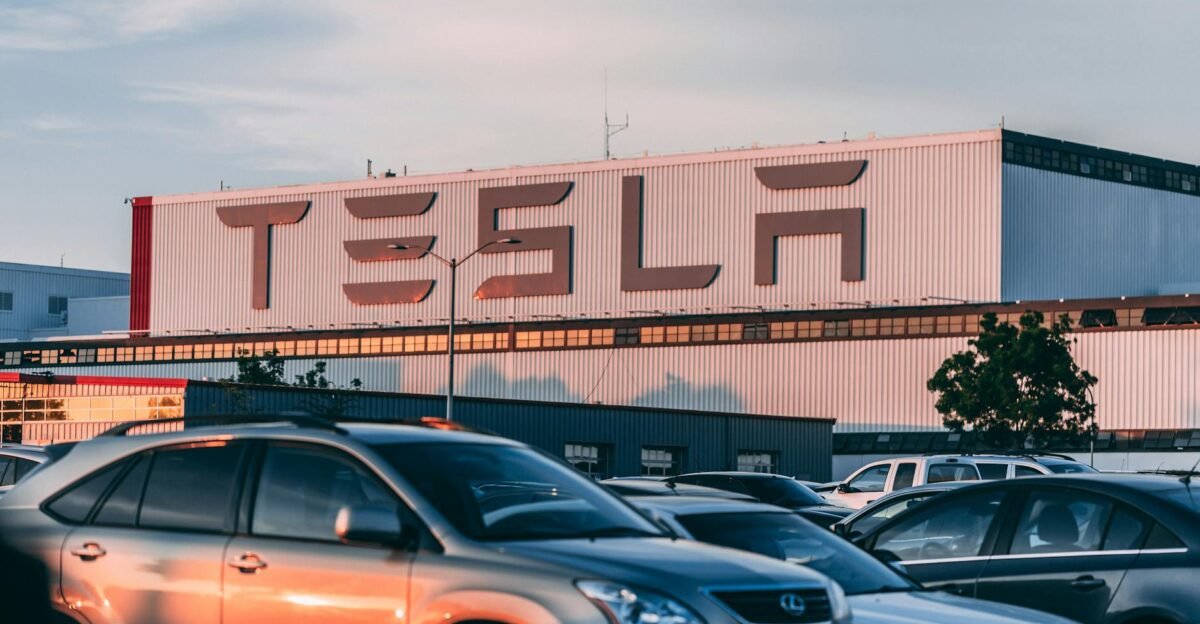
Tesla disrupted the dealer landscape by insisting on direct-to-consumer sales, battling state franchise laws nationwide. “Tesla’s model proved consumers want convenience and transparency,” notes Jessica Caldwell, executive director at Edmunds.
Rivian, Lucid, and other EV makers soon followed, sparking legal fights and weakening dealer protections in many states.
Digital Shift Reshapes Buying

NADA research shows more Americans now start and finish car purchases online rather than in showrooms. “Online retail isn’t just a trend—it’s the future,” says Cox Automotive’s Mark Schirmer.
Dealers who fail to embrace digital strategies risk falling behind, accelerating closures industrywide as tech-savvy buyers look elsewhere.
Profits Under Pressure

After reaching pandemic highs, average pre-tax profits per dealership are projected to flatten at $4.1 million for 2024.
Costs for compliance, technology upgrades, and shrinking sales volumes squeeze net gains. “It’s been a roller coaster since 2020, and now the ride is getting bumpier,” remarks Alan Haig.
Dealers Push Back

In response, dealer associations are launching lobbying campaigns and lawsuits challenging new direct-sales laws and regulations.
“We’re fighting for fair competition and local jobs,” asserts John Bozzella, CEO of the Alliance for Automotive Innovation. Dealers want lawmakers to preserve franchise protections, arguing local retailers play a critical economic role.
Ownership Changes Accelerate

Large dealer groups are acquiring smaller, struggling stores, driving record consolidation. According to Reuters, Lithia Motors and AutoNation have expanded their reach by acquiring dozens of family-run outlets.
“Consolidation is the only way for some to survive,” says Lithia CEO Bryan DeBoer, who expects the trend to continue.
New Pathways to Survival
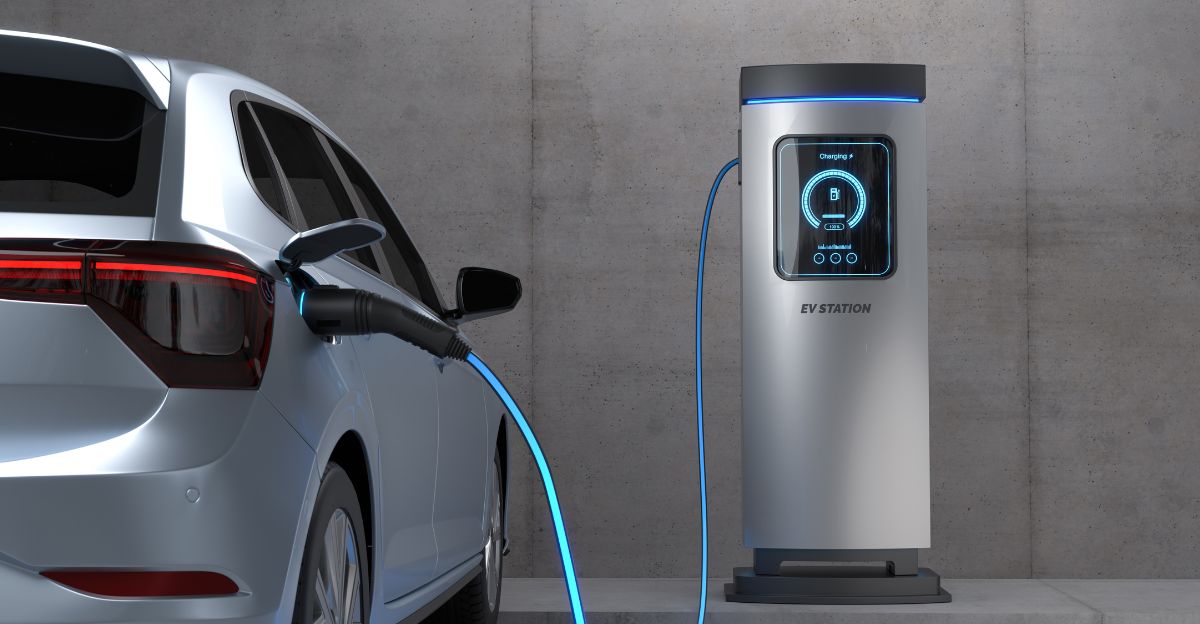
Dealers are experimenting with online showrooms, EV sales, and service subscriptions to boost revenue. “Diversification is the key—classic sales alone won’t cut it,” says Rosie Perez, managing director at NADA.
Some focus on certified used vehicles or partner with automakers to pilot new business models, aiming to weather market shifts.
Split Views Emerge

Not all experts foresee disaster. Jonathan Smoke, chief economist at Cox Automotive, suggests the industry may right-size without widespread collapse.
“The dealership won’t go extinct—but only the best-adapted will thrive,” he says. Even skeptics concede change is coming, urging retailers to innovate.
What’s Next?
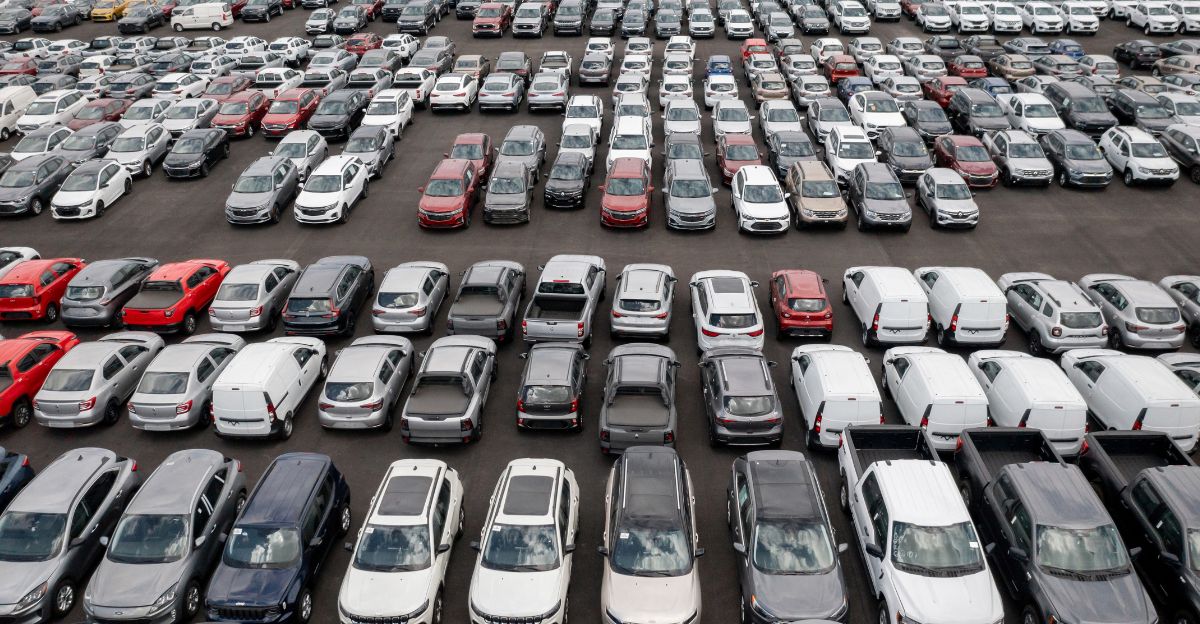
Looking ahead, analysts speculate whether dealership shrinkage signals permanent transformation or a temporary reset.
“It’s a time of reckoning for retail auto,” observes Charlie Chesbrough, senior economist at Cox Automotive. Dealers and automakers experiment with new selling models to stay relevant in a rapidly evolving market.
Regulatory Watch

The Federal Trade Commission approved stiffer transparency and disclosure rules for dealerships in late 2023, though key provisions were struck down in court early 2025.
“Regulatory pressure is intensifying, even if rules don’t stick,” notes law professor Emily Park. Dealers now face ongoing compliance reviews and costlier operations.
International Impact

Dealership contraction isn’t just American: Europe and Asia face similar declines as electric vehicles and direct sales take hold globally.
“Automotive retail is changing everywhere, not just in the U.S.,” says auto industry consultant Pieter Theron. Worldwide, legacy networks shrink as new digital and EV models rise.
Legal Battles Heat Up
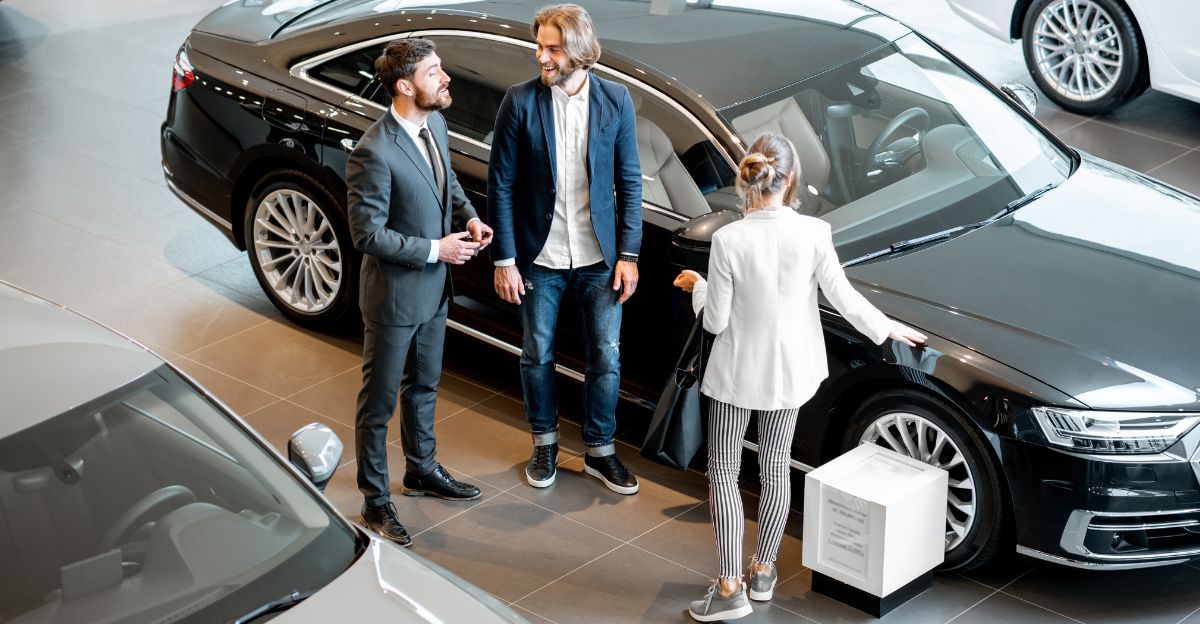
As states modify franchise laws, legal conflicts intensify. Dealers lobby for protections, while EV companies demand freer markets.
Litigation will decide how much tradition survives in the new retail era. “Courts will shape the dealer’s future,” argues legal expert Lisa Wen.
Shifting Culture

Millennial and Gen Z buyers often skip showrooms, preferring online research and direct delivery. “Young people want clear prices and no haggling,” says Jessica Caldwell at Edmunds.
Cultural shifts favor digital convenience and may leave traditional dealers struggling to connect with new generations.
What It Means Now

The era of the local car dealership, once iconic in American life, may be ending. Experts agree adaptation is crucial as technological, regulatory, and cultural forces transform the market.
“Where we buy cars says a lot about how we live and work,” concludes analyst Mark Schirmer. The full impact is still unfolding.